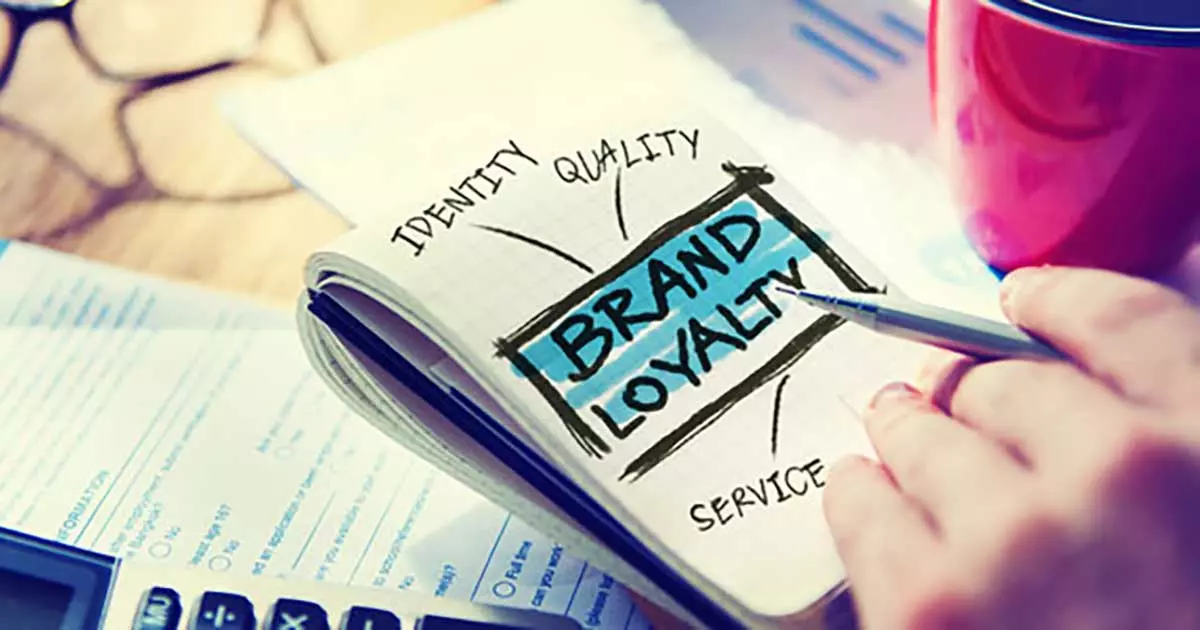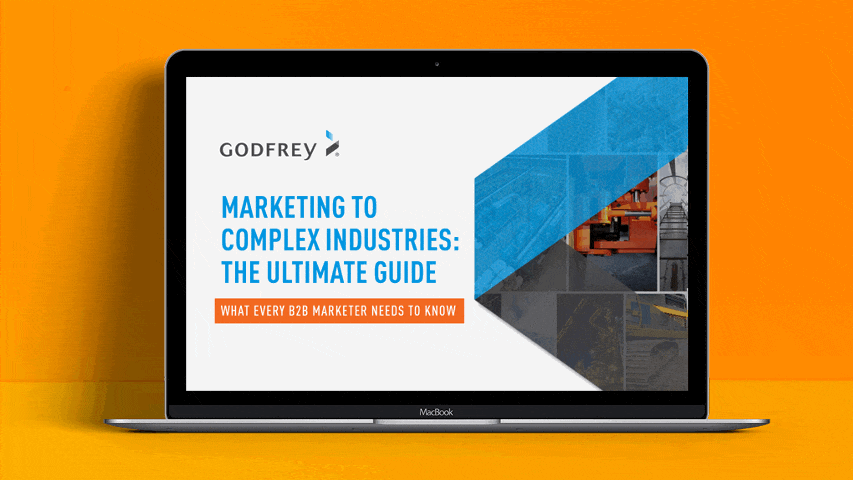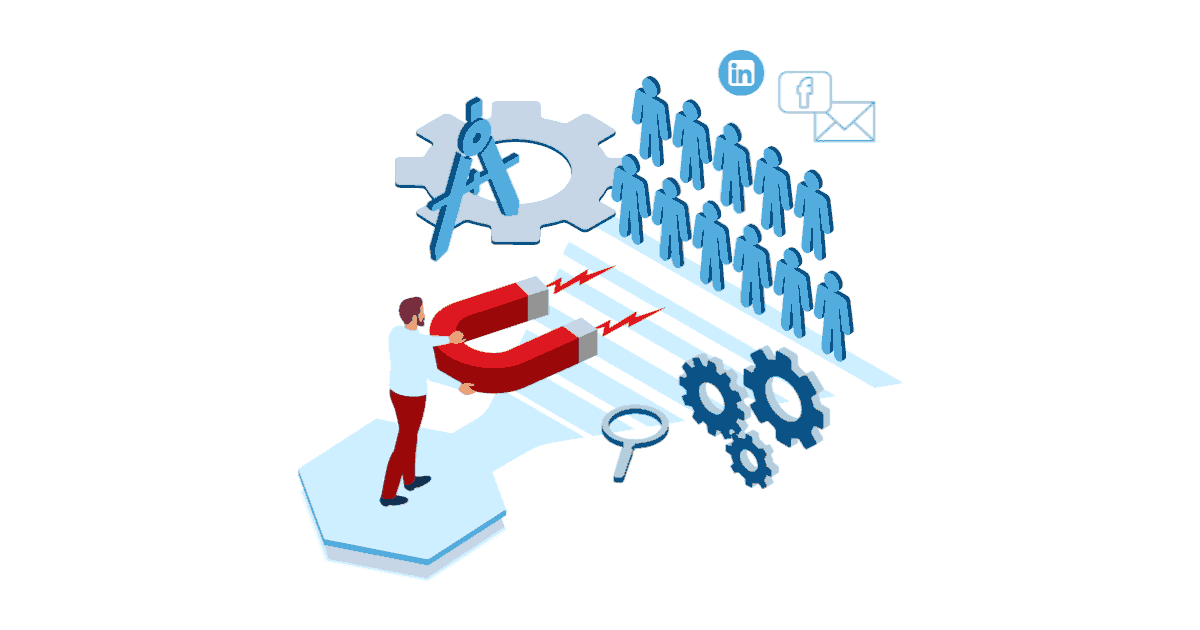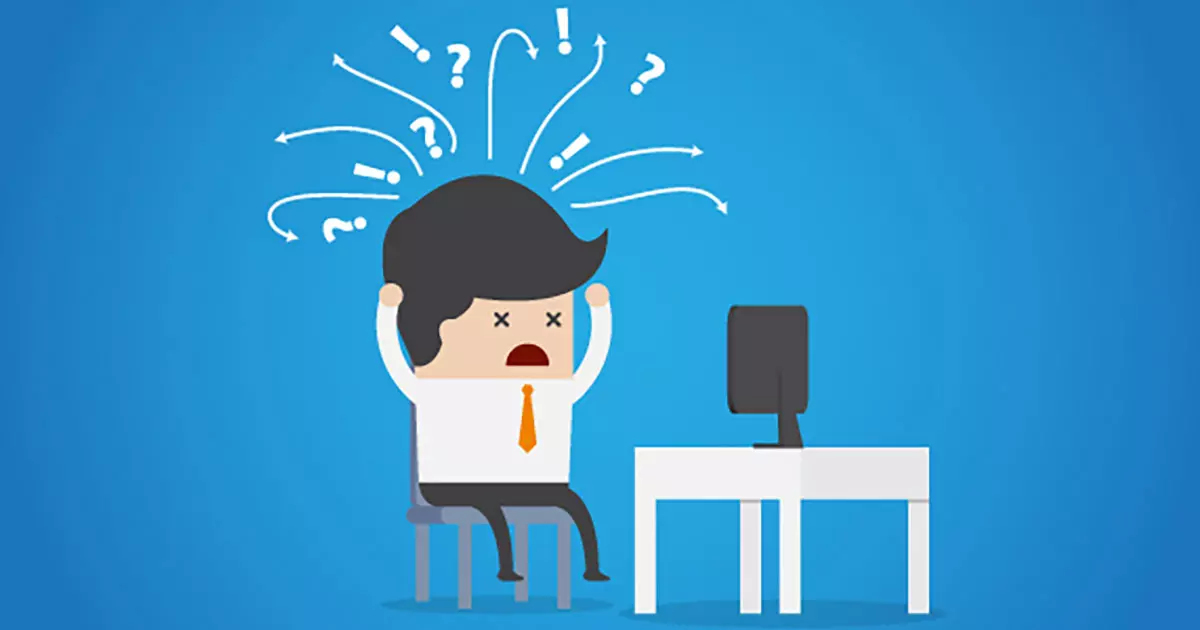From Loyalty to Love: The Future of B2B Marketing

The way B2B customers view your company is changing. They want more than loyalty programs – customers want to feel like they belong.
A standard mission of B2B marketing is brand loyalty – creating customers that don’t just use your brand because of all the wonderful differentiators it offers, but because they have a sense of belonging. Oftentimes marketers have tried to hijack this impulse via loyalty deals, giveaways and so forth. And there was merit in doing so: loyalty programs were (and quite often still are) a good way of building affinity with consumers. People like free stuff, and they like belonging to something.
But the way consumers understand loyalty, however, is shifting. It’s not just about a free hat on their birthday or an occasional discount. Brand loyalty is becoming a bit more like a romance – consumers want to fall in love with your customer’s brand and how it makes them feel like they belong to something more. Consumers want to be part of how a brand portrays itself and how it treats them as a consumer. Or, better yet, as a friend.
Before you think this is all just mushy banter, consider this: according to the Harvard Business Review, increasing retention rates by 5% increases profits by 25% - 95%. And, as cited in “Leading on the Edge of Chaos,” a 2% increase in retention has the same effect as decreasing costs by 10%.

It’s clearly important to keep consumers – but what does that look like today, and in the future?
Provide great customer service proactively
If you were asked to list the top 3 worst customer service experiences you’ve ever had, chances are it wouldn’t take very long. Bad customer service is a surefire way to lose a loyal base. You might have the best B2B product in your industry, but if your customer has a question and feels like you don’t care to help, that customer will look elsewhere.
What does this have to do with B2B marketing? Simply put: prevention always costs less and does more. Create materials and programs that help consumers before they need to call on customer service. This shows how much your company is focused on providing great customer service while also giving resources to potentially frustrated consumers. Typically, people will do a quick search to figure out a problem on their own – make sure it’s your infographic they’re finding rather than some competitor’s!
People want to be heard
Bill Gates said, “Your most unhappy customers are your greatest source of learning.” In B2B marketing, this means more than gathering up their frustrations. B2B marketers have a great opportunity to create the content that consumers are asking for unintentionally.

“Listening” via social and web analytics can be revelatory. You may discover that a high percentage of consumers are confused about a new product or service. You might likewise discover that consumers are trying to look for resources that simply aren’t available. This is a gold mine for B2B marketers. Using these analytics wisely can make your next white paper or FAQ a hit with your brand’s customers, expanding loyalty and positive perception.
Look your best
Bad websites lose potential consumers. Bad websites don’t delight current consumers, either. The goal of B2B marketing must be to make the process between a consumer finding what they want and getting what they want as smooth as possible. A worn-out excuse for many B2B companies is that consumers simply don’t care what the company’s website looks like.
This is patently false. Consumers are, after all, people. People care about how easy something is to find, how quickly they can comprehend what they’re seeing. Helpful information is only helpful if it can be readily found and accessed. This means B2B marketers focus on user experience in navigating websites. It means they make websites look welcoming and clean. B2B marketers ensure brand image, visuals and recognition are carried throughout a customer’s website, so consumers know what they are looking at and why.
Loyalty used to be about what you actively provided consumers – and in many ways, it always will be. But the new landscape of B2B marketing is adding a new element. Consumers aren’t just looking for hand-outs. They’re finding the companies that help them learn more, do more and understand more on their own – creating a sense of partnership and mutual benefit that goes far beyond a discount or free keychain.
Sign Up for our Newsletter - Get agency updates, industry trends and valuable resources delivered directly to you.
Matthew Kabik - Senior Copywriter
Matt helps B2B brands develop and tell compelling stories that connect with their audiences.




